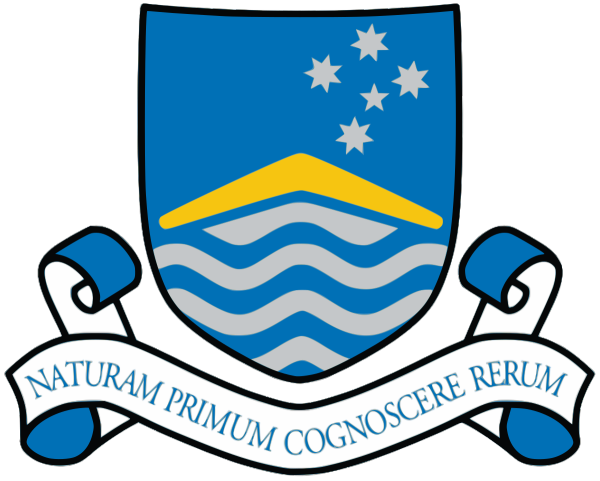IARU logo.jpg The International Alliance of Research Universities (IARU) was launched as a co-operative network of 10 leading, international research-intensive universities who share similar visions for higher education, in particular the education of future leaders.
Location Aware Smart Spaces
The application of mobile computing is currently altering patterns of our behavior to a greater degree than perhaps any other invention. In combination with the introduction of power efficient wireless communication technologies, such as Bluetooth Low Energy (BLE), designers are today increasingly empowered to shape the way we interact with our physical surroundings and thus build entirely new experiences. However, our evaluations of BLE and its abilities to facilitate mobile location-based experiences in public environments revealed a number of potential problems. Most notably, the position and orientation of the user in combination with various environmental factors, such as crowds of people traversing the space, were found to cause major fluctuations of the received BLE signal strength. These issues are rendering a seamless functioning of any location-based application practically impossible. Instead of achieving seamlessness by eliminating these technical issues, we thus choose to advocate the use of a seamful approach, i.e. to reveal and exploit these problems and turn them into a part of the actual experience. In order to demonstrate the viability of this approach, we designed, implemented and evaluated the Ghost Detector - an educational location-based museum game for children. By presenting a qualitative evaluation of this game and by motivating our design decisions, this project provides insight into some of the challenges and possible solutions connected to the process of developing location-based BLE-enabled experiences for public cultural spaces.
Location sensing is a key enabling technology for Ubicomp to support contextual interaction. However, the laboratories where calibrated testing of location technologies is done are very different to the domestic situations where ‘context’ is a problematic social construct. This project measurements of Bluetooth beacons, informed by laboratory studies, but done in diverse domestic settings. The design of these surveys has been motivated by the natural environment implied in the Bluetooth beacon standards - relating the technical environment of the beacon to the function of spaces within the home. This research method can be considered as a situated, ‘ethnographic’ technical response to the study of physical infrastructure that arises through social processes. The results offer insights for the future design of ‘seamful’ approaches to indoor location sensing, and to the ways that context might be constructed and interpreted in a seamful manner.
Team









Funding

The Australian National University (ANU) is a national research university located in Canberra, the capital of Australia.

The Swiss National Science Foundation (SNSF) is a science research support organisation mandated by the Swiss Federal Government.

Umea University is a university in Umea in the mid-northern region of Sweden. The university was founded in 1965 and is the fifth oldest within Sweden's present borders.
Outcomes









